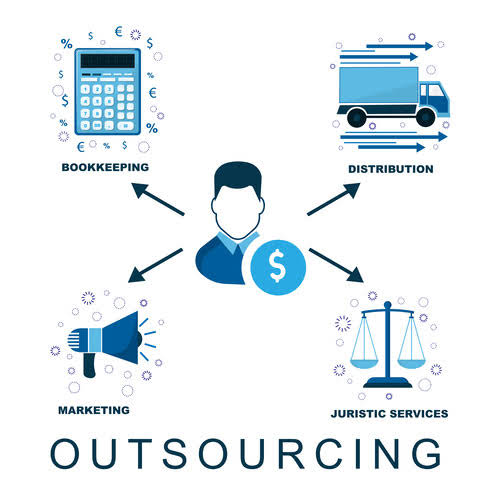How to Calculate Accumulated Depreciation? Explained

Based on these assumptions, the depreciable amount is $4,000 ($5,000 cost – $1,000 salvage value). Using the straight-line method, you depreciation property at an equal amount over each year in the life of the asset. Options trading entails significant risk and is not appropriate for all customers. Customers must read and understand the Characteristics and Risks of Standardized Options before engaging in any options trading strategies. Options transactions are often complex and may involve the potential of losing the entire investment in a relatively short period of time. Certain complex options strategies carry additional risk, including the potential for losses that may exceed the original investment amount.
- Depreciation allows businesses to spread the cost of physical assets over a period of time, which can have advantages from both an accounting and tax perspective.
- Depreciation expense is the amount that a company’s assets are depreciated for a single period (e.g,, quarter or the year).
- Accumulated depreciation is the total amount of depreciation of a company’s assets, while depreciation expense is the amount that has been depreciated for a single period.
- The company decides that the machine has a useful life of five years and a salvage value of $1,000.
- The useful life of that car is also one year less than it was at the time of purchase.
The accumulated depreciation account will have a credit balance, which is opposite to the normal debit balance of asset accounts. Depreciation expense is considered a non-cash expense because the recurring monthly depreciation entry does not involve a cash transaction. Because of this, the statement of cash flows prepared under the indirect method adds the depreciation expense back to calculate cash flow from operations. The methods used to calculate depreciation include straight line, declining balance, sum-of-the-years‘ digits, and units of production. We credit the accumulated depreciation account because, as time passes, the company records the depreciation expense that is accumulated in the contra-asset account. However, there are situations when the accumulated depreciation account is debited or eliminated.
Accumulated Depreciation
Because the depreciation process is heavily rooted in estimates, it’s common for companies to need to revise their guess on the useful life of an asset’s life or the salvage value at the end of the asset’s life. Divided what is accumulated depreciation over 20 years, the company would recognize $20,000 of accumulated depreciation every year. So, in the second year, the depreciation expense would be calculated on this new (present) book value of $22,500.

Once purchased, PP&E is a non-current asset expected to deliver positive benefits for more than one year. Rather than recognizing the entire cost of the asset upon purchase, the fixed asset is incrementally reduced through depreciation expense each period for the duration of the asset’s useful life. For year five, you report $1,400 of depreciation expense on your income statement. The accumulated depreciation balance on your balance sheet should be $7,000.
